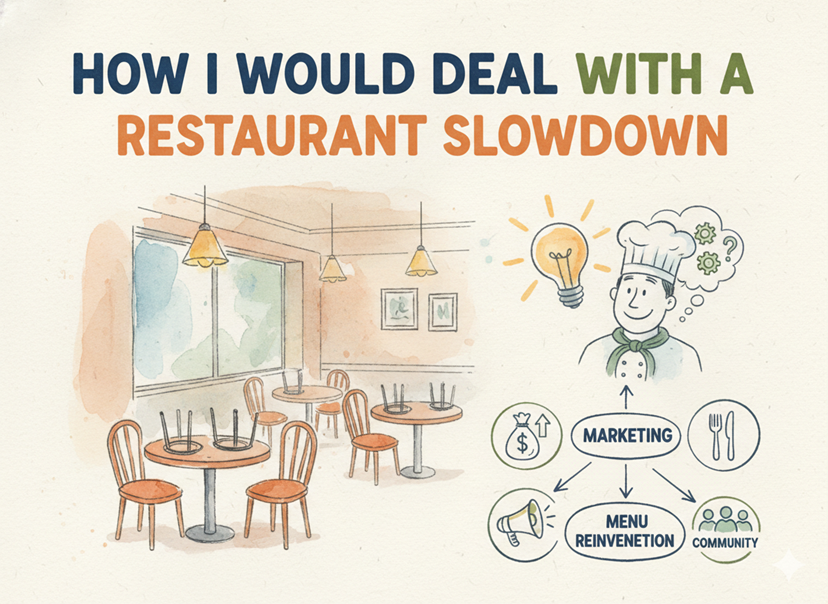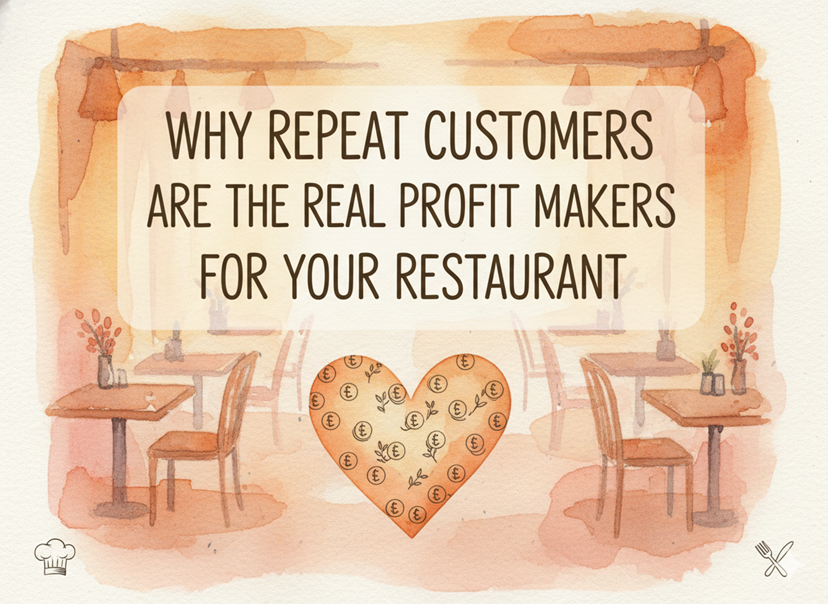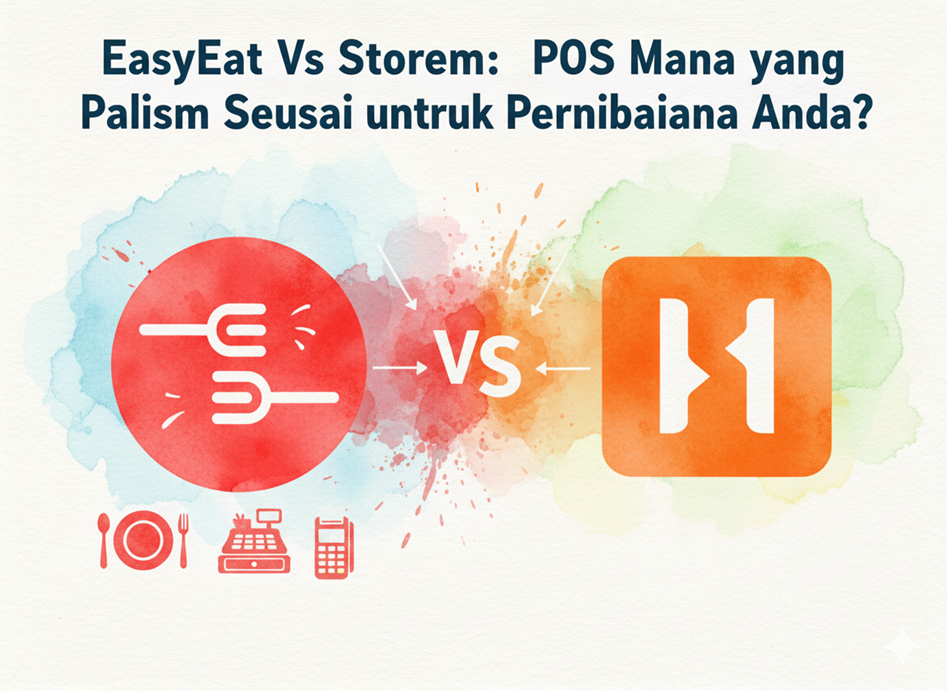Expanding your restaurant business is an exciting yet challenging endeavor. In this blog, we will guide you through the essential steps to ensure a successful expansion. From developing a solid restaurant business plan and evaluating your current success to conducting thorough market research and securing financing, we’ve got you covered. Additionally, we’ll discuss the importance of maintaining consistent branding, efficient operations management with the EasyEat POS system, training your staff, and effective marketing strategies. Finally, we’ll emphasize the need for continuous monitoring and quality control to ensure sustained growth and success.
1. Develop a Solid Restaurant Business Plan
Before diving into expansion, it’s crucial to revisit and refine your restaurant business plan. Your plan should outline your expansion goals, target market, competition analysis, marketing strategies, and financial projections. According to a survey by the Restaurant Success Group, businesses with a well-defined business plan are 50% more likely to grow and secure funding than those without one.
2. Evaluate Your Current Success
Assess the current performance of your restaurant. Expansion should be based on proven success rather than the hope that new locations will perform well. Key performance indicators (KPIs) to consider include consistent profitability, customer satisfaction scores, and strong brand recognition. Remember, replicating success requires understanding what makes your current operation. It is an important step to become the number one restaurant in your area.
3. Conduct Market Research
Understanding the market is fundamental. Identify locations that have the right demographics and demand for your restaurant concept. Analyze the competition and evaluate how your brand can stand out. The restaurant industry is highly competitive, and market research can provide insights that help you choose the best locations for expansion.
4. Secure Financing
Expanding your restaurant business requires substantial investment. Whether you opt for bank loans, private investors, or franchisees, having a solid financial plan is essential. According to the National Restaurant Association, the average cost to open a new restaurant ranges from $275,000 to $425,000, depending on the location and concept.
5. Maintain Consistent Branding
Consistency is key when expanding. Whether you run a fine dining establishment or a quick service restaurant (QSR), maintaining your brand’s look, feel, and quality across all locations is vital. QSR branding should reflect your core values and customer promise, ensuring every new outlet provides the same experience that made your original restaurant successful.
6. Implement Efficient Operations Management
Expanding to multiple locations requires streamlined operations management. This is where technology plays a critical role. An efficient Point of Sale (POS) system, like EasyEat, can make a significant difference.
EasyEat POS System: Centralized Control at Your Fingertips
The EasyEat POS system is designed to simplify the complexities of managing multiple restaurant outlets. Here’s how it can help you:
- Employee Management: With EasyEat, you can manage all your employees across various outlets from a single dashboard. Track hours, and performance, and even manage payroll seamlessly.
- Centralized Menu Creation: Create and update a centralized menu that reflects across all your outlets instantly. This ensures consistency and saves time.
- Monitor Operations: View ongoing operations of all your outlets from one place. Not only this but if you want to pause operations of a particular outlet, you can do that as well from the headquarters.
- Loyalty Programs: Apply loyalty programs across all your outlets effortlessly. This helps in retaining customers and encourages repeat business, which is crucial for sustained growth.
- Data Monitoring: Access important data such as sales figures, customer preferences, and inventory levels in real time. This helps in making informed decisions and keeping operations smooth.
7. Train Your Staff
Your staff is the face of your restaurant. Ensuring they are well-trained and understand your brand’s values is crucial for maintaining quality and customer satisfaction. Develop comprehensive training programs that cover everything from customer service to food preparation standards.
8. Marketing and Promotion
Effective marketing is essential for the success of your new outlets. Utilize both traditional and digital marketing strategies to build awareness and attract customers. Leverage social media, local events, and partnerships to promote your restaurant. A well-executed marketing plan can significantly boost your restaurant’s visibility and reputation in new markets.
9. Monitor and Adapt
Once your new outlets are up and running, continuous monitoring and adaptation are necessary. Keep an eye on performance metrics and be ready to make adjustments as needed. Customer feedback is invaluable; use it to improve your offerings and operations continuously.
10. Maintain Quality Control
As you expand, maintaining the quality that made your original restaurant a success is paramount. Regular audits, customer feedback loops, and quality control measures ensure that every outlet meets your high standards.
In conclusion, expanding your restaurant business is a multifaceted process that requires thorough planning, consistent quality, and effective management. By developing a solid restaurant business plan, evaluating your current success, conducting market research, and securing financing, you lay a strong foundation for growth. Implementing efficient operations management, such as the EasyEat POS system, along with training your staff and executing robust marketing strategies, will ensure your new outlets thrive. Continuous monitoring and maintaining quality control are crucial for sustained success and long-term profitability.




